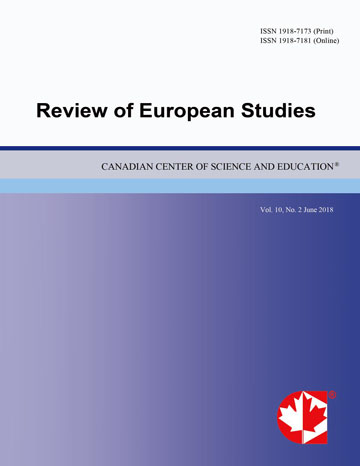Adults’ Meaning-Making during Vocational Training
- Svetlana E. Chirkina
Abstract
The relevance of the research problem is defined by practical and theoretical components. Evidence of theoretical and practical significance, reliability of scientific knowledge about the nature of learning activity contrasts with the real state of affairs in educational psychology denoting the insufficient number of studies on character of motives of adults’ educational activity in the system of postgraduate education, “motivational conflict” between the basic high education and the following one acquired at the faculty of vocational retraining. The purpose of the article is to identify the content and professional nature of adults’ learning activities during special vocational retraining, its dependence on a number of psychological factors, the most important of which is meaning-making. Meaning-making is the establishment of links between the results of learning and the motives stimulating this activity, i.e. between the objective of training activities and its motive. The leading method of study of this problem is the ascertaining experiment. In the result a quite close relationship between motives of educational activity and the fundamental needs and attitudes to learning are revealed. The factor of effectiveness of adults’ learning in the period of additional vocational education is the relationship of motives of educational activity with the need for knowledge, affiliation, achievement and dominance, which determines the “strength” of perceived learning activities and obtaining of successful learning outcomes, attitude to learning as a whole. Article proceedings are valuable for organizers of vocational retraining of educational psychologists, academics, as well as valuable in the development of recommendations for policy-making in additional education in the area of “Practical Psychology in Education”.
- Full Text:
 PDF
PDF
- DOI:10.5539/res.v7n4p128
Index
- ACNP
- CNKI Scholar
- DTU Library
- Elektronische Zeitschriftenbibliothek (EZB)
- EuroPub Database
- Excellence in Research for Australia (ERA)
- Genamics JournalSeek
- Google Scholar
- Harvard Library
- HeinOnline
- Infotrieve
- JournalTOCs
- Mir@bel
- Open policy finder
- RePEc
- ResearchGate
- ROAD
- Scilit
- Technische Informationsbibliothek (TIB)
- The Keepers Registry
- Universe Digital Library
- WorldCat
Contact
- Paige DouEditorial Assistant
- res@ccsenet.org
